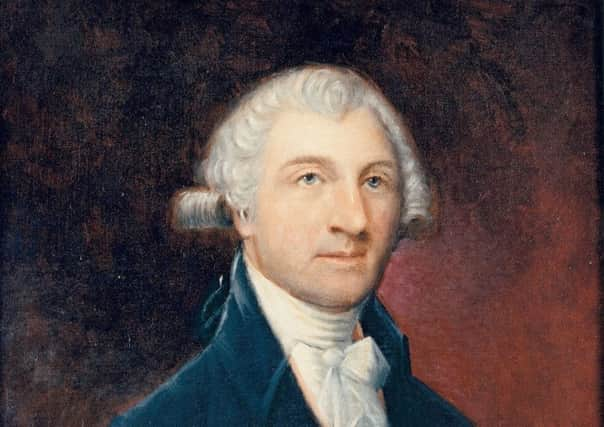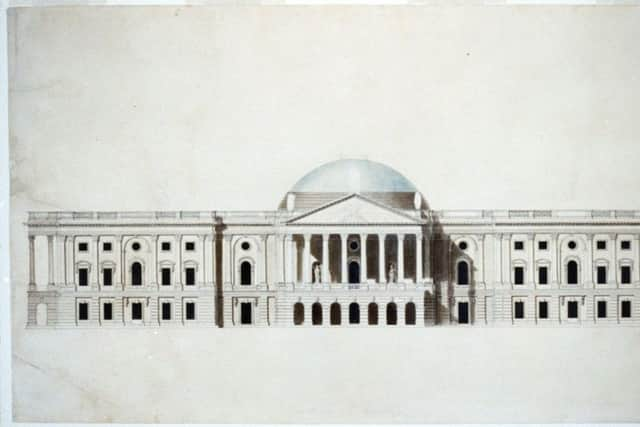Remembering the Scottish architect who created the Capitol building in Washington D.C.


Historians and academics from the US and Scotland were among key speakers at an event commemorating the achievements of William Thornton.
The symposium, held ahead of 220th anniversary celebrations planned for next year to mark the Capitol’s completion, hailed the Scot’s masterpiece as a “monument to democratic politics”.
Advertisement
Hide AdAdvertisement
Hide AdThornton occupies an unlikely place in US history, given he never trained as an architect and missed the deadline for Thomas Jefferson’s 1792 design competition for the Capitol.


But his vision of a Georgian mansion with a domed rotunda, fronted by a Corinthian portico, not only won over Jefferson, then secretary of state, but President George Washington.
Only last month, First Minister Nicola Sturgeon referenced Thornton in a speech at the city’s Georgetown University, a sign of his standing in the US capital.
Speakers at the symposium, arranged by the US Capitol Historical Society in partnership with the University of Aberdeen, included Matthew Costello, senior historian at the White House Historical Association.
He said: “Thornton’s contribution made possible Washington’s vision of a national capital of a country that was destined to become a great empire, one steeped not only in republican ideals, but which projected those through its buildings.”
Gordon Brown, a former US diplomat and biographer of Thornton, said: “The most notable part of his job was his effort to maintain the monumental aspect of the city – the idea this was not just a city, but a representation of republican ideals and the future greatness of America.”
Thornton was born in 1759 into a family which part-owned a plantation on Tortola in the British Virgin Islands. The connection troubled him and, after studying medicine at Edinburgh and Aberdeen, he was sufficiently intrigued by the American experiment to emigrate in 1786.
Arriving in Philadelphia, he hoped to help free blacks make their way to Sierra Leone, and became involved in the creation of an experimental steam ship.
Advertisement
Hide AdAdvertisement
Hide AdBut frustrated by a lack of success, he returned to Tortola to pursue his interest in botany. By the time he began working on the Capitol design, he had earned his stripes as “a product of the Scottish Enlightenment”.
Brown added: “He was a medical doctor who was active in the study of art, botany, mechanical sciences, and he was terribly interested in education. He was a true polymath, and in addition, he was an engaging guy.”